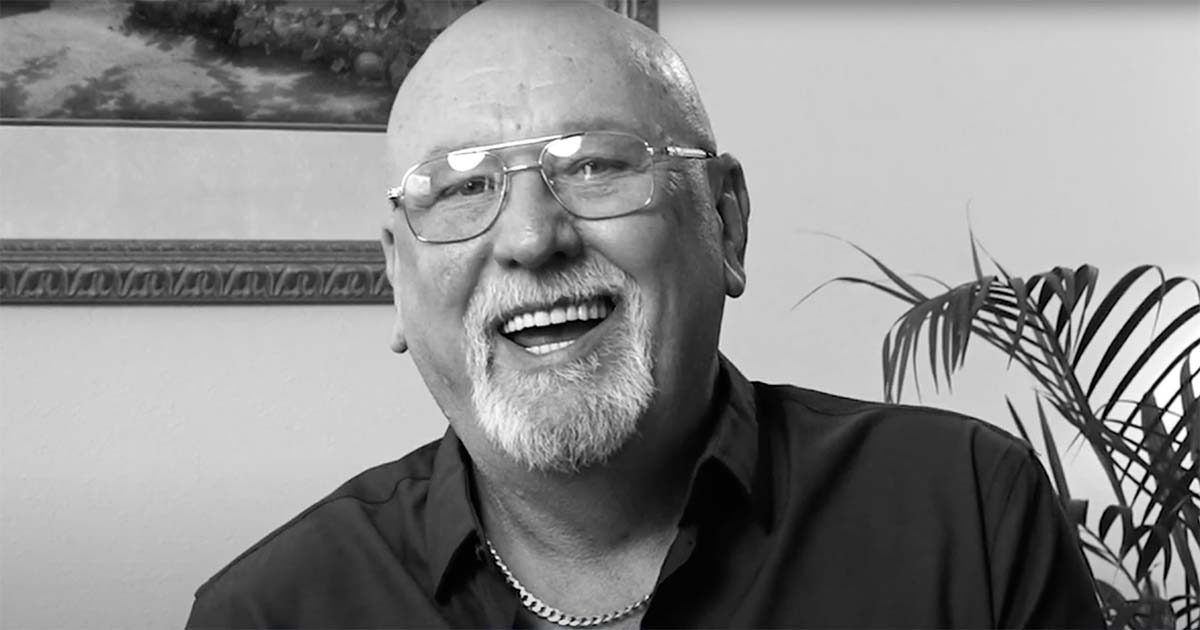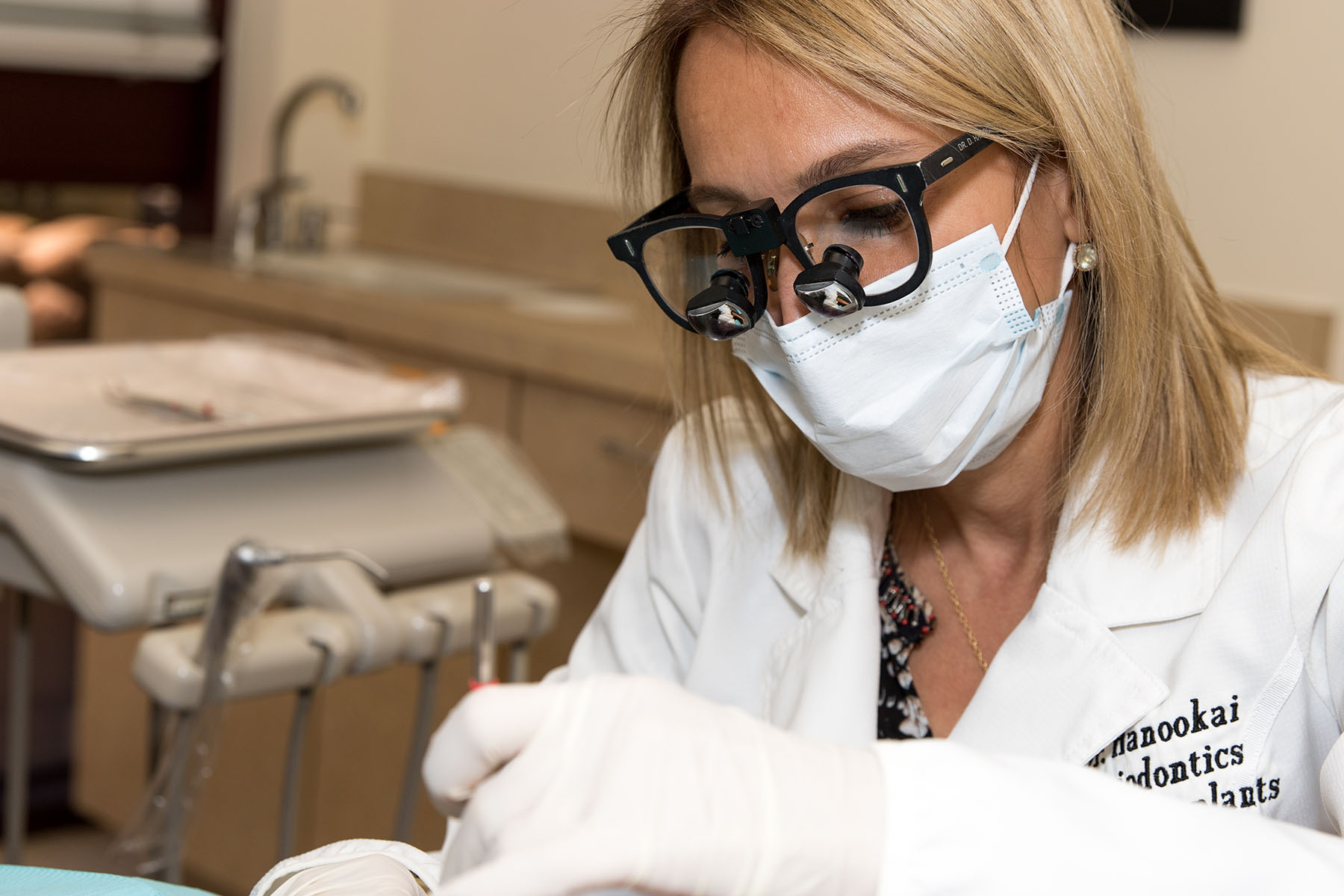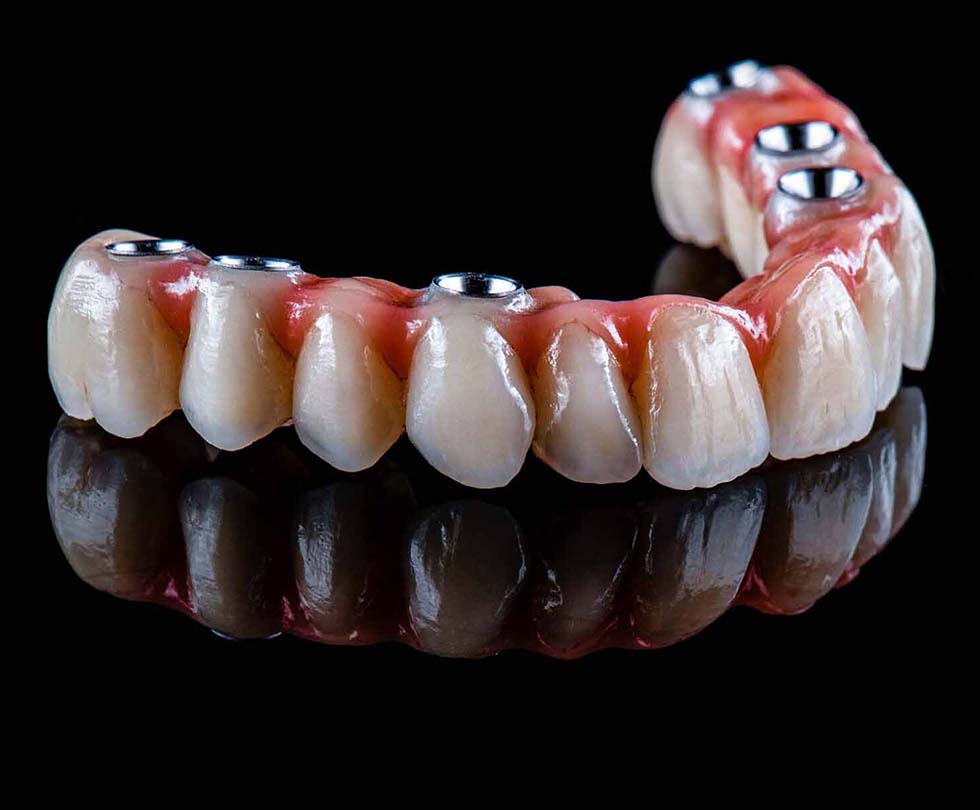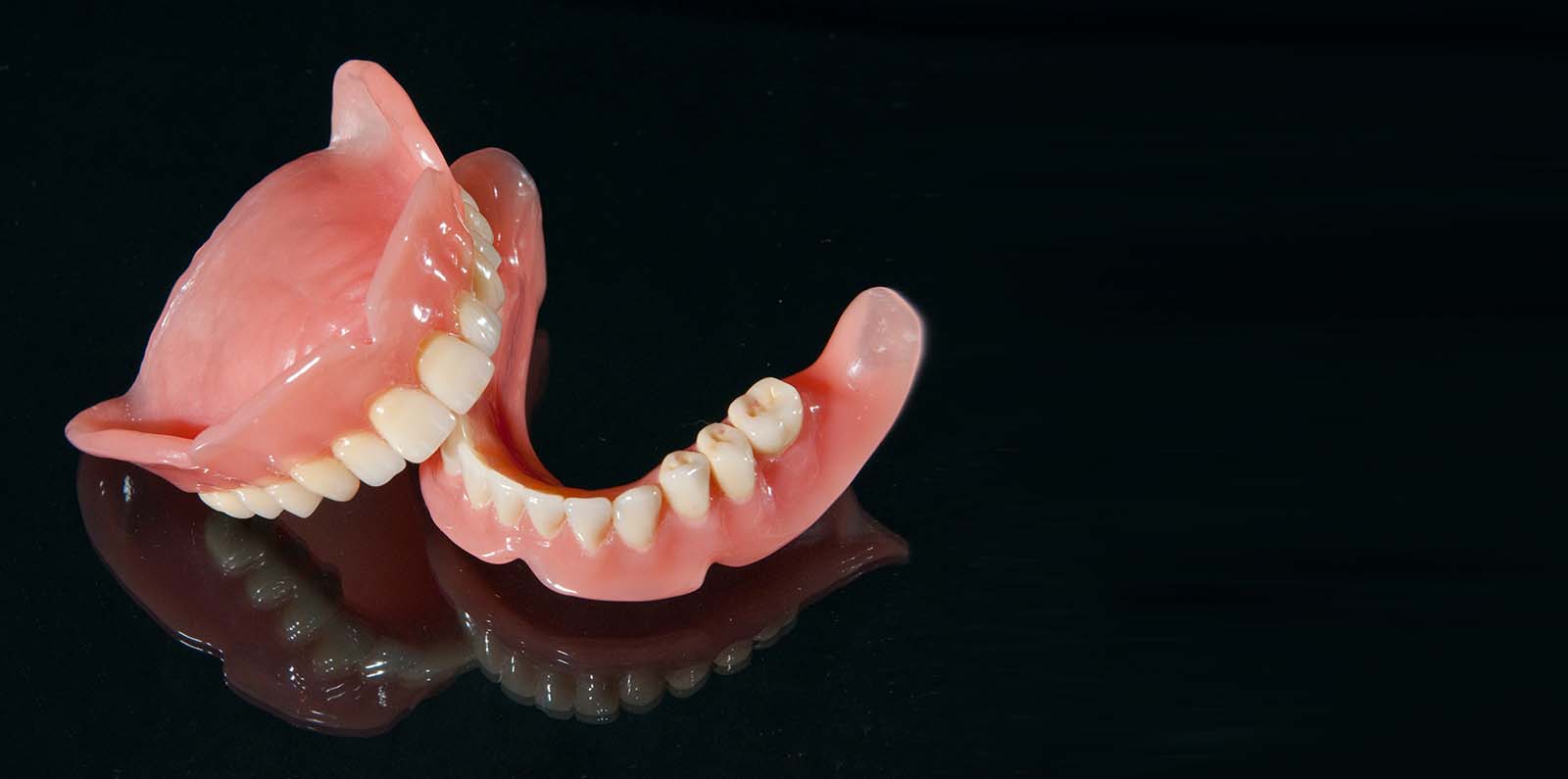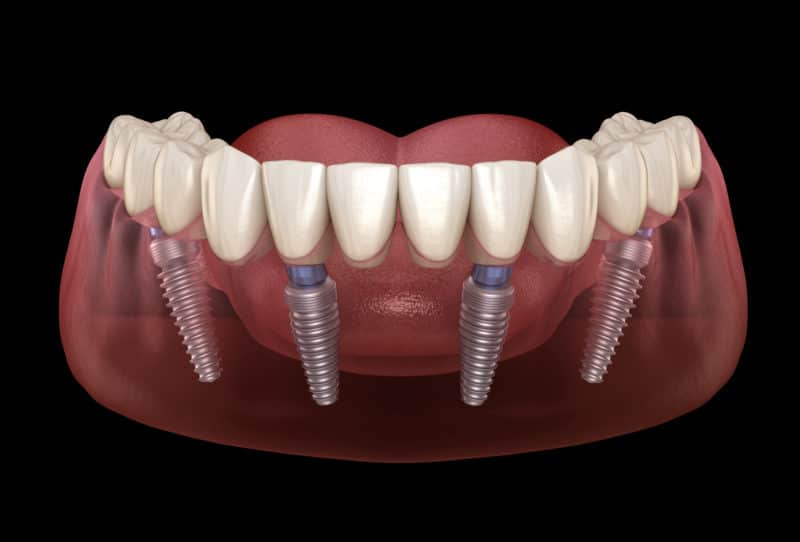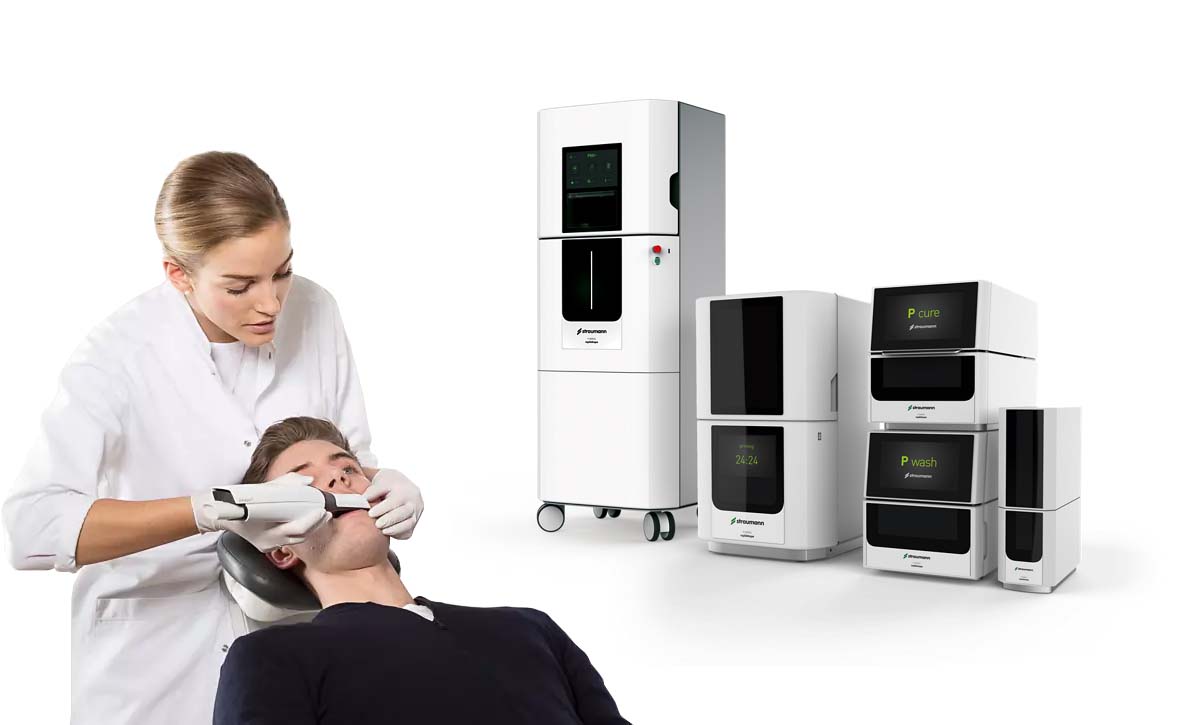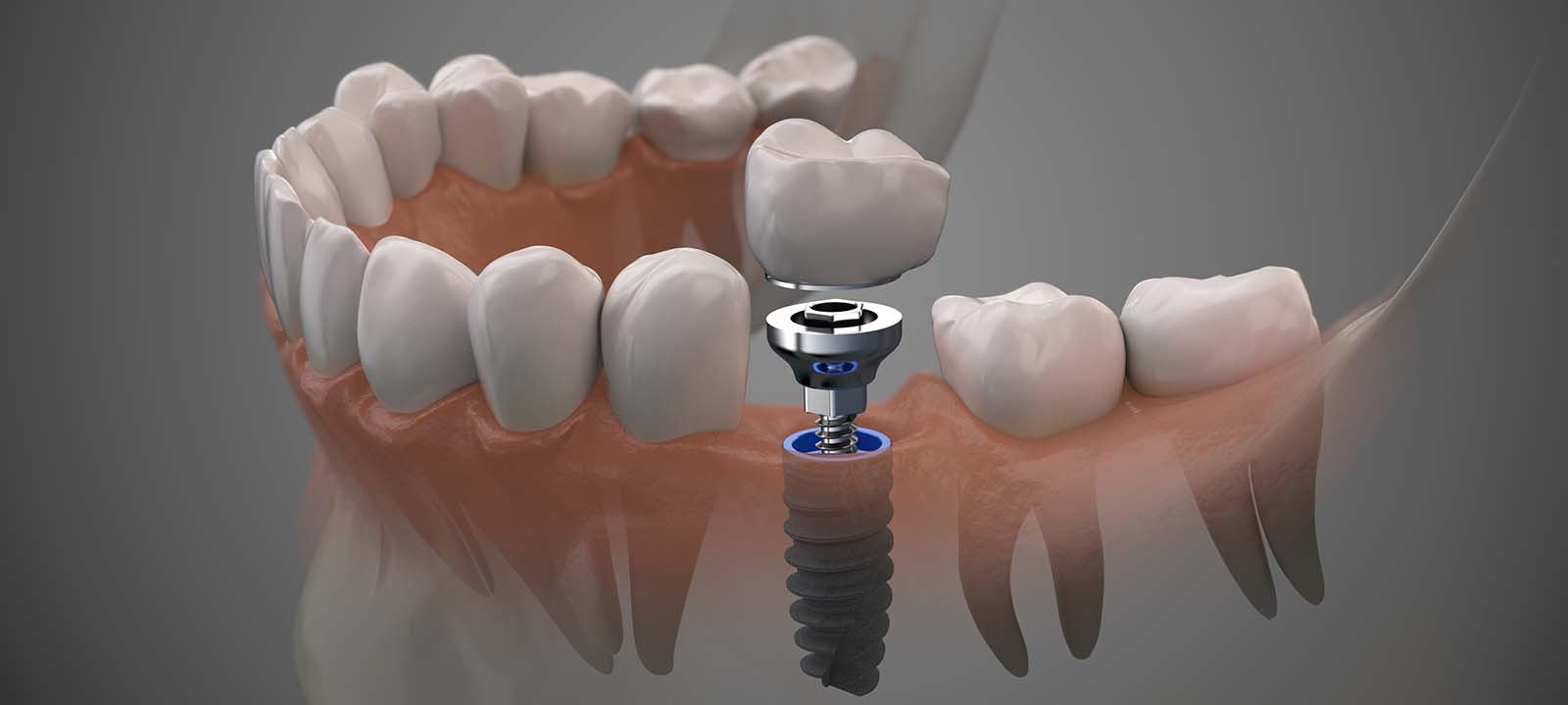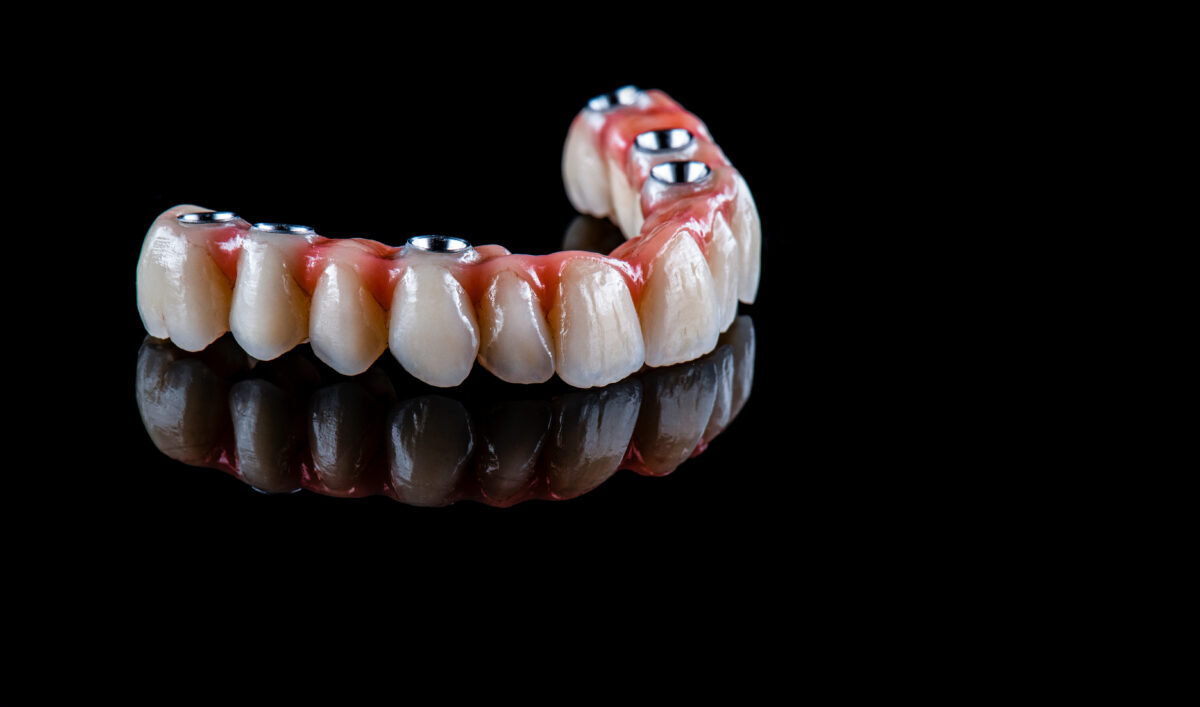Do you have gum disease, missing teeth? Or are you looking to have a dental implant? Then you need to make an appointment with a periodontist. A periodontist is a medical gum specialist specializing in diagnosing, preventing, and treating gum disease. Dentists who would like to join this profession need three extra years of education. The training makes them more than ordinary dentists handle tooth and gum complications. They can also help you with full mouth dental implants.
The medical experts can perform restorative and cosmetic periodontal procedures at the end of the studies. Medical experts can handle a wide range of infections aside from gum complications. They can also help install dental implants for you. For instance, they can do things like root planning and scale. The doctors can also eliminate all damaged tissues, known as root surface debridement.
If you see a dentist and learn that your problem is severe, they’ll send you to a periodontist. Some dentists might have already undergone the training but choose to deal with teeth problems. In that case, they might still provide you with some gum treatment services. However, it would help if you were sure that they could comfortably handle the problem at hand.
In this piece, we intend to delve deeper into the definition of a periodontist and how best you can benefit from their expertise. This is a complete guide to periodontist, so go through it in its entirety. If you have further queries, you can leave a comment or contact us directly for free dental implants consultation in Los Angeles. This post also helps you have a clue on periodontist vs dentist.
Nonsurgical Treatments
Scaling and root planning are some of the nonsurgical treatments your periodontist can help you with. Your periodontist conducts the procedure to eliminate tartar and plaque deep under your gum line. These procedures work alongside antibiotics or antimicrobial medicines in most cases, but the issue at hand determines that.
In some cases, based on the severity of the medical complication, your gum specialist in Los Angeles might encourage you to use a tray delivery system at home instead of installing all on 6 dental implants. It’s more of a custom-fit impression that you can use at home by placing it on your teeth to deliver medication on them.
Surgical Treatments
There’re gum infections that might be so severe that the only best way to treatment is through surgery, especially if you need a dental implant afterward. Some of them include periodontitis, and gingivitis might cause your gum to recede. When that happens, the root of your tooth gets exposed, thereby leading to hypersensitivity.
Thankfully, your gum periodontist can carry out a gum graft to cover the root of your tooth. For instance, they’ll take some tissues from the roof of your mouth and then use them to seal the root of your tooth. Note that your gum line should always remain covered to prevent possible causes of pain, sensitivity, and tooth decay. Best of all, a gum graft can enhance the quality of your smile.
What Are the Basics of Periodontology
Not so many people are familiar with the basics of periodontology. In that case, it’s hard for them to comprehend its meaning. But we’ve shared a comprehensive definition up there. Pink gums are a sign of a healthy mouth, so if you need them, you need to get in touch with a periodontist. This is the kind of gum specialist who comes in handy when you need to enhance your gum health.
Nevertheless, periodontists don’t only focus on your gums. They have the proper knowledge and skills to work on other mouth areas. For instance, they can work on the section of your jawbone that supports the teeth, known as the alveolar process. You risk losing your tooth if this part of the jaw runs into problems. That is possible because the part of the jaw supports the tooth sockets.
Suppose your alveolar process gets broken, you should contact a gum specialist in Los Angeles to help you fix it so that you don’t lose your teeth. Your periodontist can also work on the cementum. This is the tissue that keeps your teeth connected to the gums. It’s not a highly complex tissue, and it performs a straightforward duty.
Cementum also performs the vital duty of taking care of the root of your tooth. It connects the teeth with the alveolar bone through the periodontal ligament. The ligament is highly supportive and is 70% water. Your medical gum specialist can also help you if the cementum fails to function correctly due to an infection or an accident. From there, you can choose to have dental implants or full arch dental implants. You’ll have missing teeth if the cementum fails to work correctly.
When to See a Periodontist?
Note that even your average dentist might help you with certain gum complications and a missing tooth. But if you feel that your problem keeps worsening and that you might lose your tooth, you need to see a periodontist. Your dentist can direct you to a trusted gum specialist who can help you with a complex case. Suppose you notice any of the signs and symptoms we have mentioned above, be sure to make an appointment with a periodontist as soon as possible.
Puffy or Swollen Gums
Tartar and plaque-forming bacteria might also cause inflammation. This can also be the initial sign of gingivitis. If this problem remains untreated for so long, it might lead to inflammation that could create pockets around your teeth. Let this problem stay a little longer, and you risk losing your tooth.
Your teeth will look smaller if you have swollen gums, placing dental implants would be impossible. Instead of healthy light pink, your gums will look dark red. Initially, you can ask your dentist to correct this problem through deep cleaning. From there, you’ll have to take good care of your oral hygiene from your home.
Gums That Bleed Easily
Your gums might bleed easily due to inflammation. This might happen each time you brush, eat, or floss. Those with gums that are tender to the touch should see their dentists as soon as possible. If you notice that your toothbrush turns pink after use or you spit blood after brushing, you need to see a gum specialist immediately.
Bad Breath
Bad breath is a common problem and should not worry you too much. However, suppose you take good care of your oral hygiene and bad breath persists, then it could be a sign of an infection. In that case, you should consider making an appointment with a periodontist.
Painful Chewing
After some time, if you don’t treat the gum inflammation, it could form pockets around your teeth. In that case, your teeth will loosen up so that they’re more sensitive. In that case, you’ll have trouble chewing even soft snacks. Have you noticed any changes in the manner in which your teeth fit together? Then it would be best if you considered seeing a dentist or periodontist. Do the same even if you notice more spaces available between your teeth.
Receding Gum Line
It’s wrong to claim that your gum will only recede due to an infection. The problem might also occur if you use too much pressure to brush your teeth. Too much pressure will hurt your gum tissue. You can ask a periodontist to help you with this problem for cosmetic reasons. They might recommend all on 4 dental implants. To understand everything, ask your periodontist for information on dentures vs implants.
Fixing the problem also reduces the chances of suffering from gum complications in the future. However, if your gum line recedes even without using too much force to brush your teeth, then it might be a sign of later-stage gum disease. If you make an appointment with a periodontist, they’ll examine the issue and administer the most appropriate treatment.
It’s great to communicate with your gum specialist in time before the problem gets too complicated. Note that the complication might take longer to fix if you don’t act on time, especially when recommending all on 6 dental implants.
How Does The Appointment Work?
Would you like to make an appointment with a periodontist? It’s more like visiting a regular dentist. The only difference is that these experts are more knowledgeable and skilled than your regular dentist. Once you show up at the front desk, you need to stay calm and wait for your turn.
After we invite you back to the exam room, a dentist will look at your medical chart. At this stage, you should let the gum specialist know whether you have any heart complications. They also need to know if you have diabetes and other conditions, such as pregnancy, that might affect the available treatment options.
Amid your appointment, based on your situation, you might need an x-ray. That’s because they want to make the most informed decision to avoid causing other complications. Once a periodontist have the x-ray, they’ll again check your medical records before examining your gums, jaw, and teeth. From there, they’ll inform you about the findings and the most applicable treatment.
In some cases, you might need some procedures done in Los Angeles. If not, the periodontist will advise you on the best oral hygiene practices you can do from home to improve your condition. They’ll also share details on dentures vs implants ahead of any procedure. It’s important to understand that a periodontist works more like your regular dentist. But they handle complex issues that your dentist might not be able to correct.
Why go to a periodontist?
While a dentist can help you with similar treatments, periodontists have special skills because they have undergone additional training. They also have a lot of experience in the field of their interest, so they’re readily familiar with your dental problem. For more information, you can search for the details on periodontist vs dentist in Los Angeles.
Here are the instances when you might choose a periodontist vs dentist;
For Tooth Removal
If you check the internet, you’ll see that most dentists refer to this process as tooth removal. Note that the same procedure might cause pain, damage bone, and even call for additional surgical procedures to help regenerate the lost bone. If your dentist extracts your tooth, it could lead to some complications.
For instance, it can cause trauma to surrounding tissue and bone, especially when not done correctly. Also, any mistake during tooth extraction might make it impossible for you to receive a dental implant in the future. And if the surrounding area gets damaged, you might need additional surgical procedures and full arch dental implants.
The good thing about seeking help from a periodontist is that your tissue and bone will encounter less or no trauma. That means there’ll be a perfect foundation for a possible dental implant since periodontists do their work carefully, the chances that you won’t need any bone graft. As a patient, if you’re ready, you can have your dental implants placed right after removing the tooth. That way, there’ll be no need for further surgical treatment.
What Are The Early Warning Signs?
A periodontal is a form of pus that collects in your gums to form a bump. It means an infection might call for tooth removal or all on 4 dental implants. Unless you have this infection treated, it can affect you in so many ways. For instance, it can make your gum move away from the tooth so that bacteria have more room to grow and thrive.
According to Dr. Delaram Hanookai, the chances are that the infection will spread to other parts of your bone, so your tooth will loosen up. In the long run, you’ll have to remove your tooth. Do you feel that you have an abscess? Then you should schedule an appointment with an experienced periodontist.
Repairing Bone Loss
If you are losing bone in your jawbone, the bone will continue to degenerate, it’ll keep getting thinner, and the contours on your face will eventually get altered. Even if you don’t plan for dental implants, you might still require a bone graft to stop the bone loss. You need to have enough jawbone to keep the muscles of your face in place. Otherwise, you’ll look older and look sunken. So you don’t have to wait any longer for more bone loss to take place.
You should contact a gum specialist in Los Angeles so that they help repair your lost bone using the best periodontal procedures. In the process, they’ll remove any tooth that they can’t fix. It helps to seek prompt treatment to avoid losing more bones. This decision makes more sense if you plan to get dental implants in the future. Your periodontist will do a perfect job to ensure that your teeth can hold the implants in place.
It’s worth noting that it’s possible to have a gum or bone infection for a long time without feeling any pain.
Procedures That Need Tissue Grafting or Sculpting
Your gums serve many functions. One of them is to protect your teeth from hypersensitivity. The gums also hold your teeth in position to don’t fall off. Gum recession is a term used to describe where the gum tissue erodes. In some cases, it might need full mouth dental implants.
Unless you seek treatment on time, gum recession might make your tooth fall off. In that case, you should see your dentist as soon as possible. They’ll reposition your gum tissue to cover the exposed tooth. They can complete the process either through gum graft or tissue sculpting.
Gum graft or tissue sculpting comes with a plethora of features. For instance, it keeps your teeth safe from further tissue or gum loss. Also, after the process, you’re less likely to report bone and tooth loss or root decay.
Gum recession is indeed a problem that you must take seriously. However, the experts can correct it without any surgical intervention. For example, you can take care of your gums by simply brushing your teeth gently regularly. By doing that, you’ll be less likely to encounter gum complications.
What Are The Early Warning Signs?
If you encounter tooth sensitivity that could indicate that your gums have started to recede. Suppose the sensitivity is around the gum line, then you might have some exposed teeth. In that case, you should contact a periodontist, who will solve your problem using the most effective procedure. They’ll only fix your problem after examining and establishing the actual cause of your problem.
The procedure only takes between 30 minutes and one hour to complete. Your periodontist will complete the procedure using the steps we had mentioned above. If you have any questions, be sure to ask them before they commence working on your gum or bone.
Do You Feel Seeing a Periodontist Is Imminent?
If you encounter any of the signs and symptoms mentioned above, you should see a periodontist without wasting time. You can prevent the problem from getting severe and out of hand through early diagnosis. It might be hard and expensive to treat if the infection gets severe.
Closing Thought
We hope this post helps you understand the periodontist definition and what you need to expect from them during an appointment. Are you based in Los Angeles? Contact us today for a free dental implants consultation in Los Angeles, and we will help solve your dental problem in the most professional manner possible. We’ve worked with different patients for many years, ensuring they access the most reliable medical attention in the country, especially when looking to have dental implants. As such, use the contact details on our website to speak with periodontist or gum specialist today.





